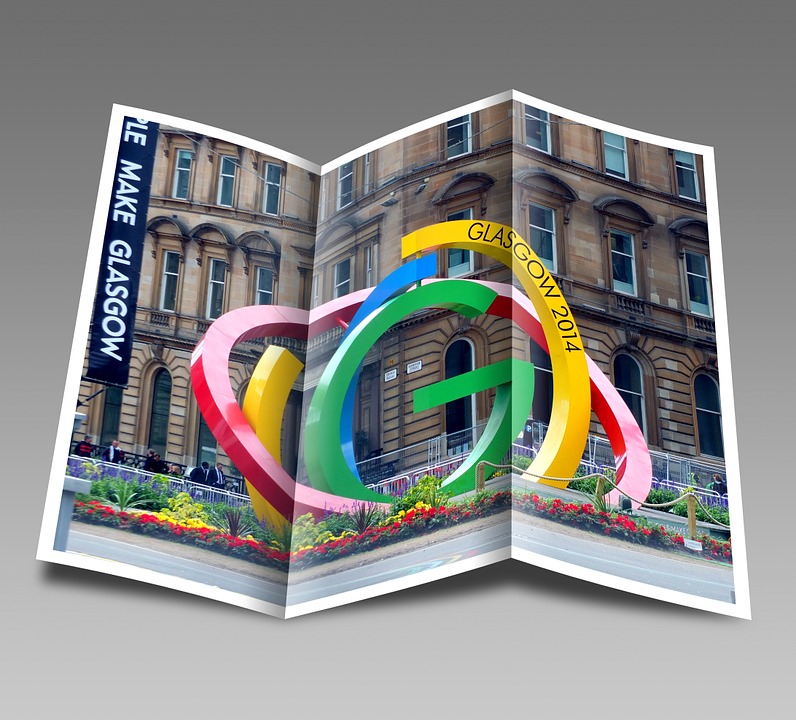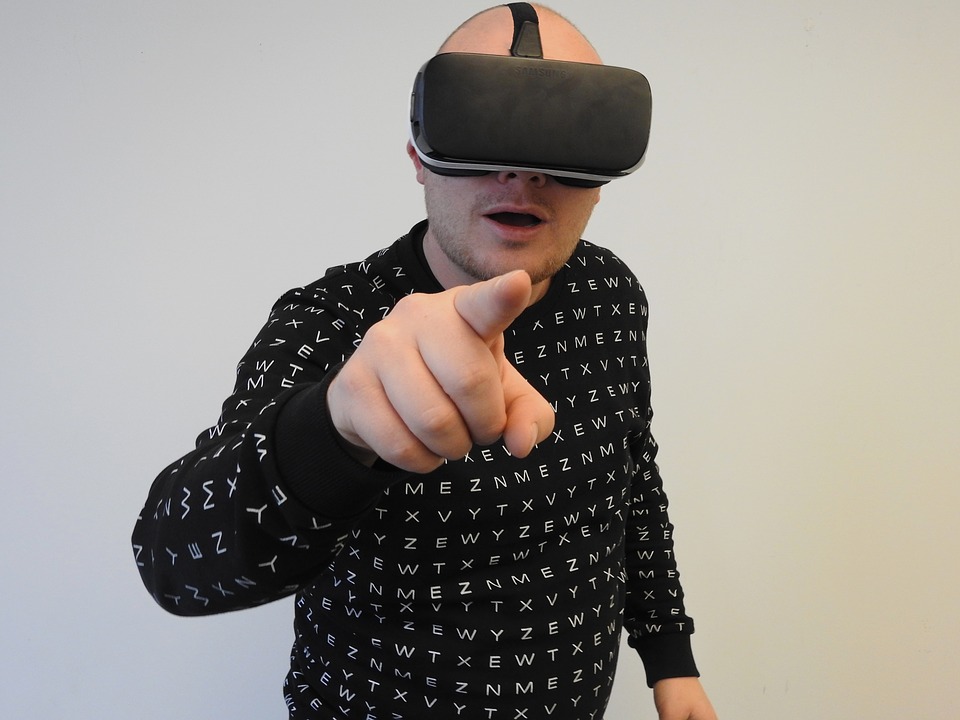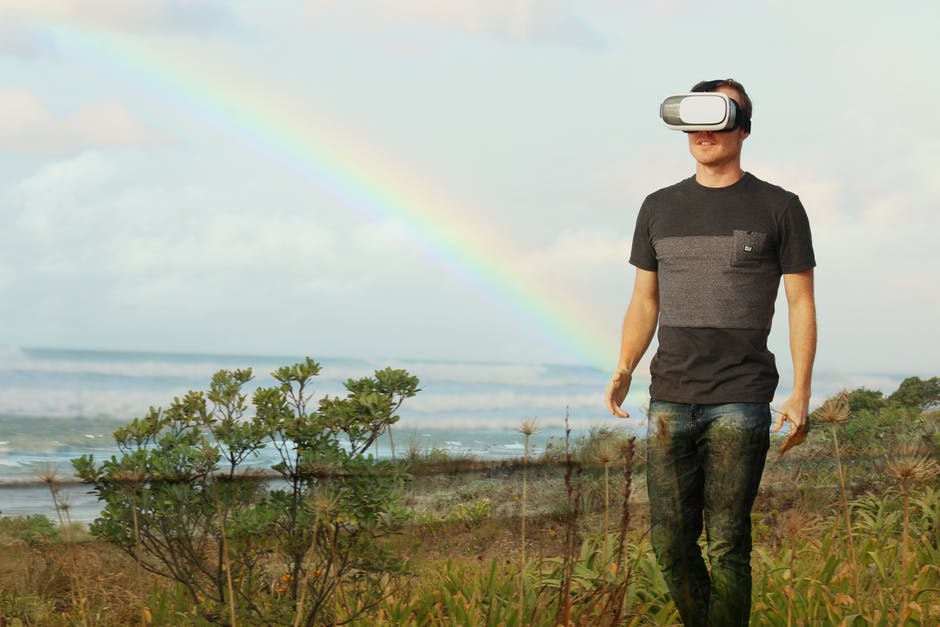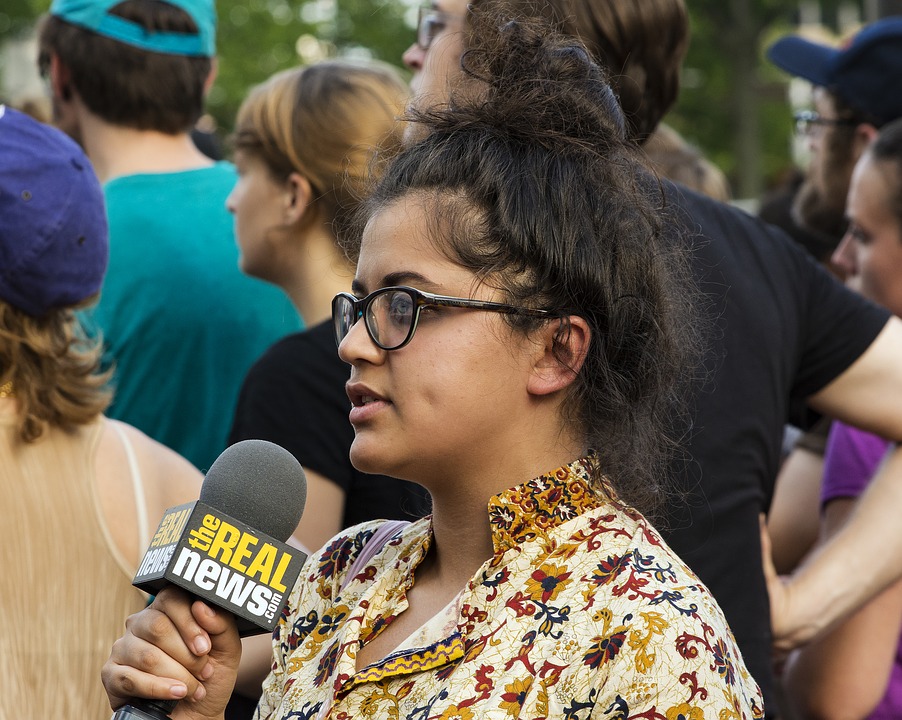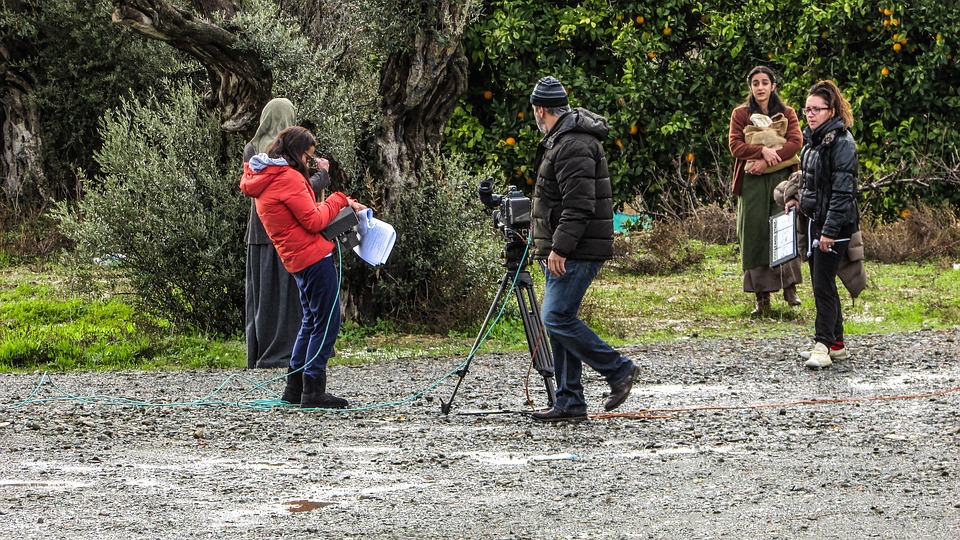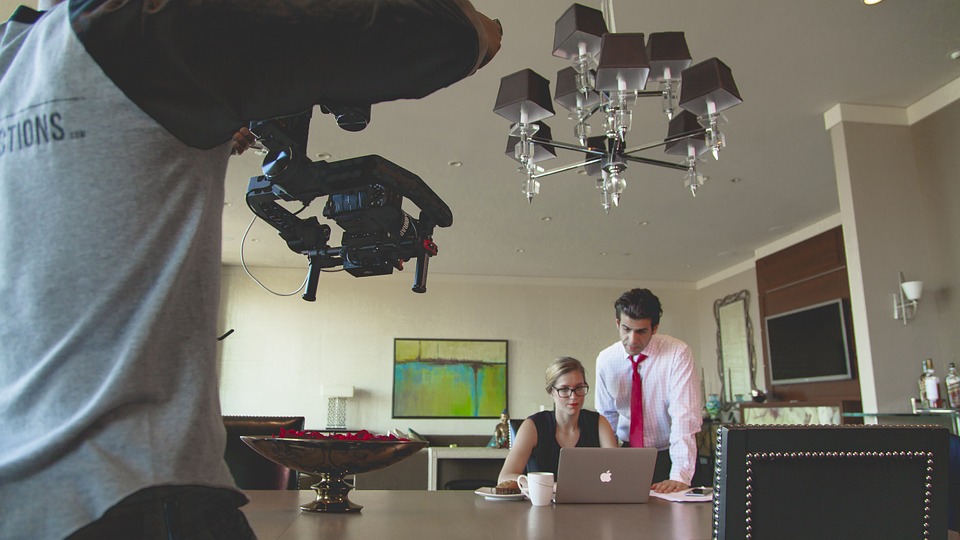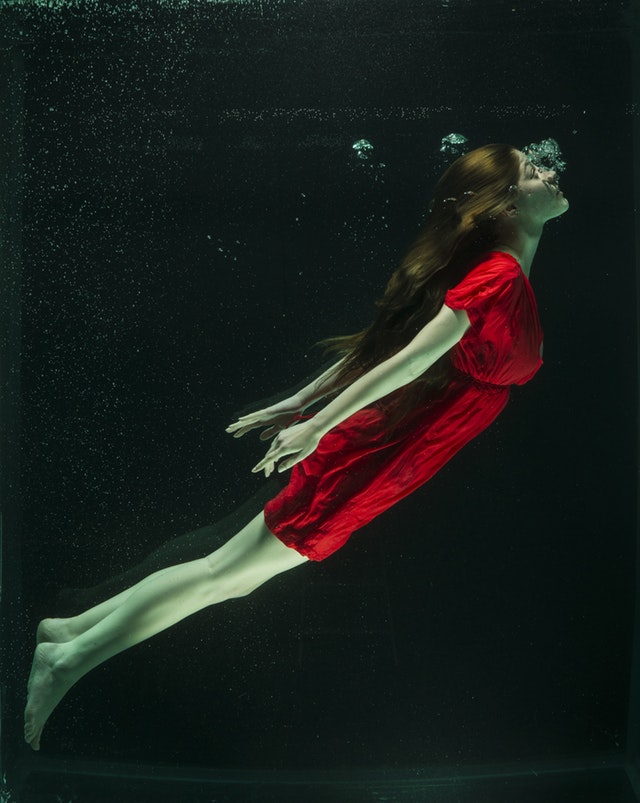At the New York Film Academy, students in our filmmaking program learn from the best. Starting on day one through hands-on experience, students learn how to write, shoot, direct, and edit their films. At the end of each filmmaking course, NYFA students have the opportunity to screen their films, open to the cast, crew, friends, and family.
Students don’t have to stop there though. There are many opportunities for students to submit their films to festivals. We have some tips for you to help you get into film festivals.
Pay Attention
When you are submitting to a film festival — it doesn’t matter if it’s big or small — pay close attention to all of the submission rules and regulations of the festival committee. Each festival has its own specific set of rules, and it’s important to show the festival committee that you can follow direction.
In an interview with “The Huffington Post,” Elliot Grove, independent film producer and founder of the London Raindance Film Festival, said that a lot of filmmakers end up annoying film festival programmers.
Make sure you read all the rules and regulations for submission before you pick up that phone or send an email to the festival committee. You’ll also want to make sure that you understand the overall tone of the festival, and that the work that you are submitting is reflective of that.
When it comes down to it, there are many factors that determine whether a film will be accepted into a film festival or rejected. Think about quality of the screenplay, subject matter, color correction, and sound mixing when you are submitting a film.
You should also try and submit to film festivals early to avoid paying any late fees. Each film festival has three waves of submissions: early, regular, and late. Prices during early deadlines are at their lowest, whereas submitting late could cost you a ton of money.
Pick the Right Festival
Again, it comes back to paying attention to details. Each film festival has its own focus and it’s important that you understand that focus before you start submitting your material. When you are looking at the different types of film festivals, you need to think about the genres that will be there and your audience. Also, does the festival have a theme for that year? These are all important factors that you should think about when you are picking the festival.
Test the Film Out Before Submitting
Strive to make your film as perfect as possible before you submit it to a film festival. If you feel like something is off, or something in the film could be improved, fix it before you send it off. We know you want to get your film finalized so you can see the audience’s reaction and receive some gratification, but impatience leads to mistakes.
Don’t be afraid to do a live screening with a test audience. You may need a venue, projection and sound equipment, but you’ll be able to watch the audience react to your film and receive their feedback instantly.
You may be able to tweak your film based on the audience’s positive feedback and criticism. It’s extra work for you to do before submitting it to a film festival, but in the end, it would be worth it to do a test screening.
Do you have any tips for submitting films to festivals? If so, let us know below! Learn more about filmmaking at the New York Film Academy.




